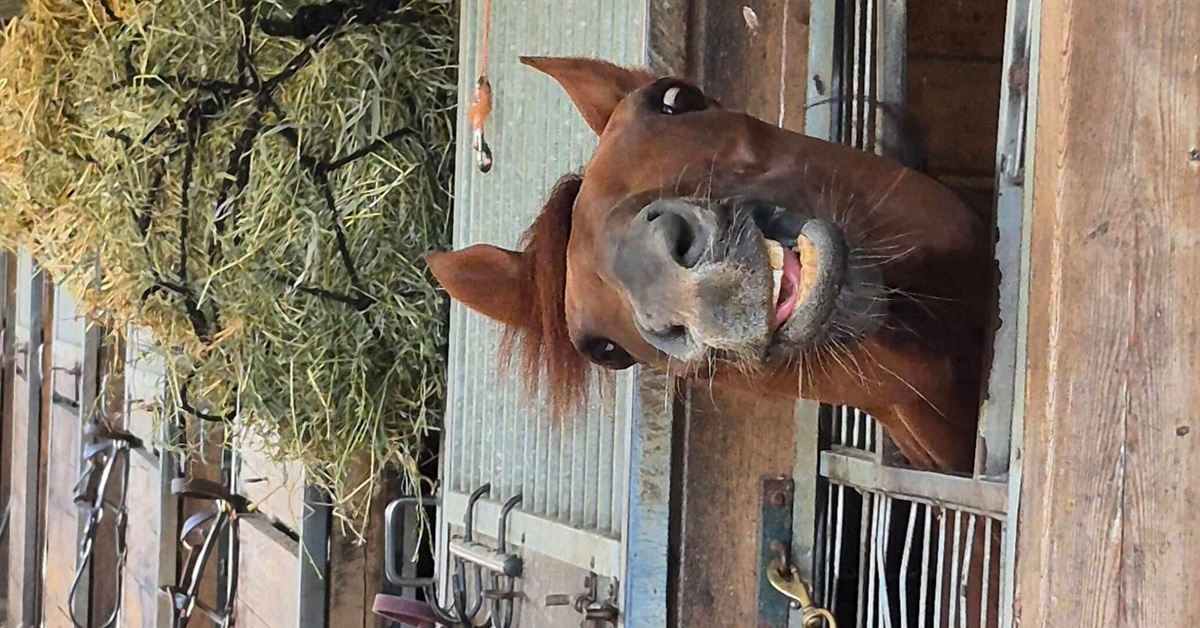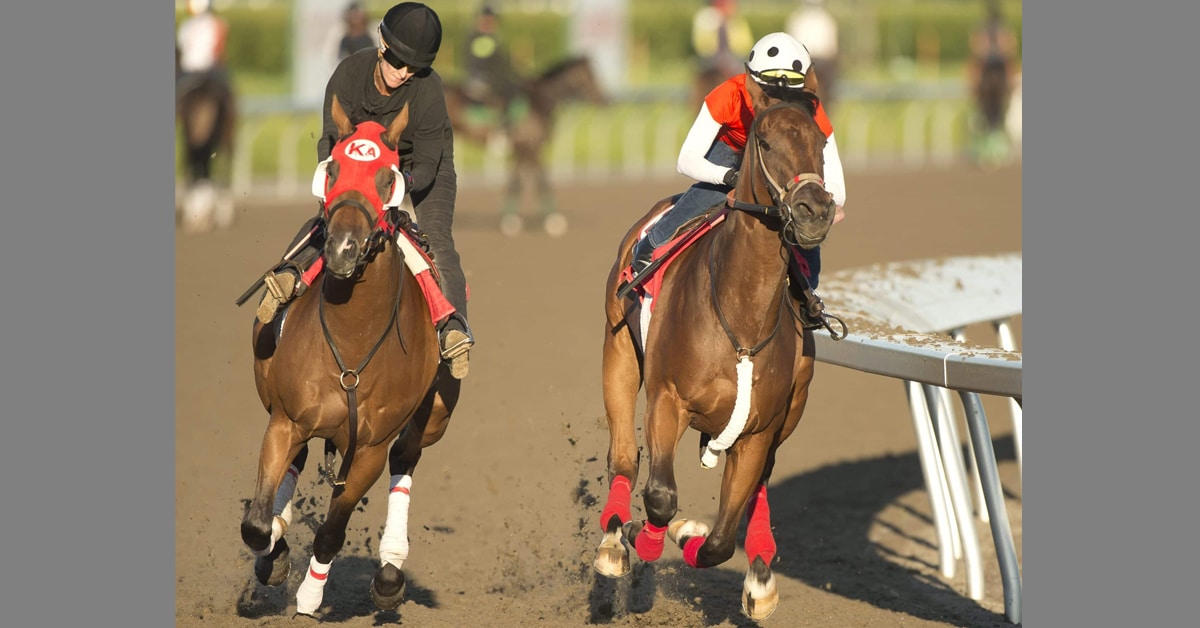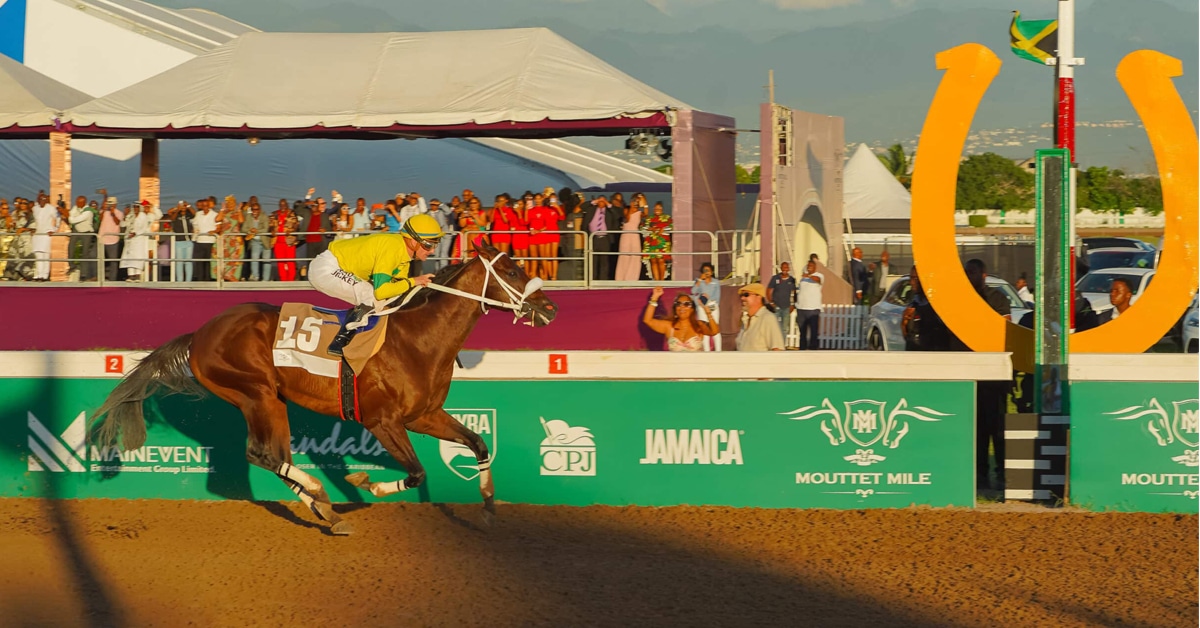Sue Leslie, president of the Ontario Horse Racing Industry Association (OHRIA) is calling on Premier McGuinty to heed Ontarian’s advice when it comes to the government’s plans for gaming in Ontario.
According to a recent poll conducted by Forum Research for the Ontario Horse Racing Industry Association, nearly three-quarters of Ontarians say they approve of the ‘Slots at the Racetracks Program’ (74%). Two thirds approve of the specific terms of the deal OLG has with Ontario’s horse racing tracks (61%).
The vast majority say it is important that the 60,000 jobs connected to Ontario’s racing and breeding industry stay in the province (84%), and close to one third say it is “extremely important” (31%).
Most feel that the 20% of slot revenues the tracks receive is the right percentage (43%), although many think it is too low (30%).
Three-quarters of Ontarians (77%) say it is important that the jobs and revenues created by ‘Slots at the Racetracks’ be maintained, and close to one quarter say it is “extremely important” (22%)
The majority do not approve of the provincial government building more casinos (58%) and a similar proportion disapprove of a casino being built in their town (57%).
One half approve of gaming tables at racetracks (50%), and the largest group thinks the best plan for OLG is to leave slots at the racetracks and refrain from building new resort casinos. Only a small minority opt for removing slots from racetracks, either to new casinos (8%) or to purpose built slot facilities (5%).
When asked where slots should ideally be located, two thirds say “at racetracks, where they are now” (62%).
“It is clear Ontarians support the existing OLG Slots at Racetracks Program. On the eve of the provincial budget, we are asking the government to commit to honouring the existing contracts through 2015 and work with OHRIA on a long term plan to sustain Ontario’s 60,000 horse racing jobs for many years to come,” said Leslie.
The poll was conducted by Forum Research for OHRIA between March 17 and March 22, 2012, on a sample of 1006 randomly selected respondents. Interviews were conducted by telephone using an RDD sample. The margin of error for a sample this size is plus or minus 3%, 19 times out of 20.
More News









